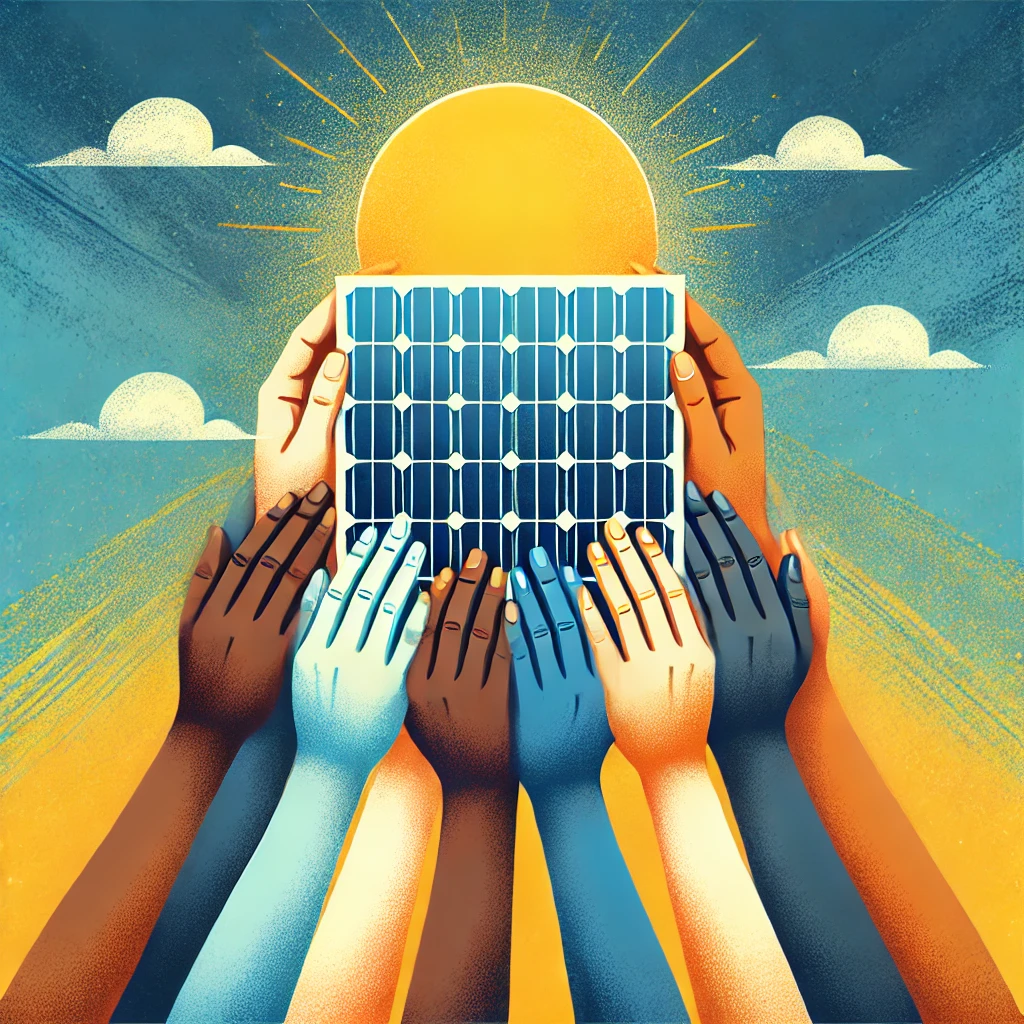The term “just energy transition” gained significant attention in Indonesia in 2022, during the country’s presidency of the G20. However, as of now, Indonesia lacks a clear definition of what a just transition means in the specific context of the country.
Origins of the Just Transition
The concept of “just transition” first emerged in the 1970s, closely tied to the workers’ rights movement. One of the key events that shaped this idea was the 1978 coal miners’ strike in Appalachia, North America. Members of the United Mine Workers of America (UMWA) were dissatisfied with the national contract, which they felt did not adequately address workplace health and safety conditions.
Over time, the workers’ movement for justice expanded to include economic aspects. In the 1990s, labor and environmental leader Tony Mazzocchi popularized the term “Superfund for workers.” This concept aimed to protect workers who lost their jobs due to environmental regulations. Mazzocchi believed that workers displaced by environmental policies deserved support to transition to new careers. This idea later evolved into what is now known as “just transition,” focusing on social justice in the context of environmental and economic changes.
In the 2000s, social justice became an integral part of climate negotiations. The concept of energy transition was adopted by various climate-focused social organizations, including being featured in the 2015 Paris Agreement.
Some Definition of Just Transition
Just Transition is a vision-led, unifying and place-based set of principles, processes, and practices that build economic and political power to shift from an extractive economy to a regenerative economy. This means approaching production and consumption cycles holistically and waste-free. The transition itself must be just and equitable; redressing past harms and creating new relationships of power for the future through reparations. If the process of transition is not just, the outcome will never be. Just Transition describes both where we are going and how we get there.
A just transition, broadly defined as ensuring that no one is left behind or pushed behind in the transition to low-carbon and environmentally sustainable economies and societies, can enable more ambitious climate action and provide an impetus to attaining the Sustainable Development Goals.
Institute for Essential Services Reform (IESR)
Just energy transition as the process of transitioning from a carbon-intensive socio-economic system to a low-carbon socio-economic system that aims to a) overcome existing economic, social, energy, and environmental problems, b) mitigate problems that could potentially arise as a result of the transition, and c) encourage a low-carbon system that is beneficial and not significantly detrimental to the parties concerned, through a multisectoral and multi-stakeholder approach at various levels.
SEO: Just transition in Indonesia, Energy transition definition, Equitable energy transition G20, Just energy transition 2022, Workers’ rights and energy transition, Climate justice and social equity, Just transition labor movement, Renewable energy and just transition, Just transition climate negotiations, Environmental justice movement, Energy transition policy in Indonesia, Superfund for workers concept, Social justice and renewable energy, Economic impact of just transition, Just transition and the Paris Agreement, Low-carbon economy transition, Indonesia’s energy transition goals, Just transition and Sustainable Development Goals, Clean energy transition challenges, Multisectoral approach to just energy transition

